We check out the local flavors of the commonly confused Ome and Aomi areas of Tokyo in one day
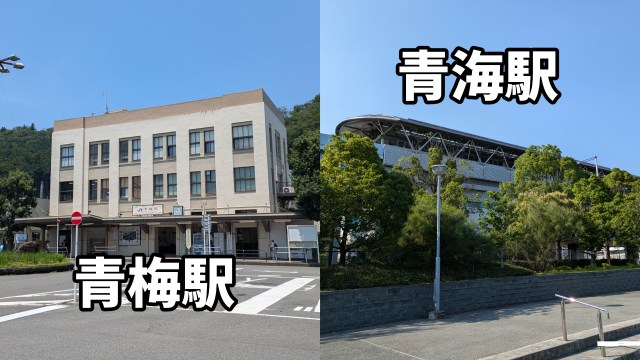
A tiny part of a kanji is all that separates these place names in written form, but there’s a much bigger difference in their respective atmospheres.
Ome Station and Aomi Station, both in Tokyo Prefecture, have tricked even the smartest of travelers. While the names don’t sound all that similar, the trap lies in the way they’re written in kanji: Ome Station (青梅駅) and Aomi Station (青海駅). The only thing separating the two is the small, left-sided radical inside of each respective second kanji. In Omi, the second kanji means “plum” and uses the radical for “tree” (⽊), whereas in Aomi, the second kanji means “ocean” and uses the radical for “water” (氵). Don’t feel bad if you needed to do a double take to spot the difference–the names trip up native Japanese speakers all the time, with one musical idol even missing part of her concert because she went to the wrong station!
It’s a mistake that can be costly from a time perspective, since the two stations are about 56 kilometers (34.8 miles) apart as the crow flies, or roughly 1 hour and 45 minutes by train. Our zany Japanese-language reporter Mr. Sato thinks that most people are probably trying to head to Aomi Station, which is much, much closer to central Tokyo in the popular Odaiba entertainment district, when they head to Ome Station by mistake. Just how different are the two neighborhoods, though, and what do people find waiting for them when they finally learn the error of their ways? Mr. Sato was curious to find out.
It’s a good thing that he’s a bit of an odd duck because not many people would pretend that they got on the wrong train, but that’s our man. He decided to spend a day visiting both of the station areas with the similarly written names and get in some local sightseeing to boot.
▼ Ome Station and Aomi Station on a map
Nakano Station → Ome Station
Mr. Sato began this adventure at his local station, Nakano, which is conveniently located on the Chuo Line bound for Ome Station. The ride would take 1 hour and 16 minutes, and amazingly, he wouldn’t need to transfer–the particular train he boarded would automatically connect to the Ome Line after Tachikawa Station, providing non-stop service to Ome Station.
While he normally rides the Chuo Line almost every day, it’s unusual for him to travel past Tachikawa onto the Ome Line. Therefore, he wasn’t familiar with the procedures for this line, such as using the Open/Close buttons. The train doors won’t open or close unless someone pushes them, and he had to be careful not to hit one by accident as well.
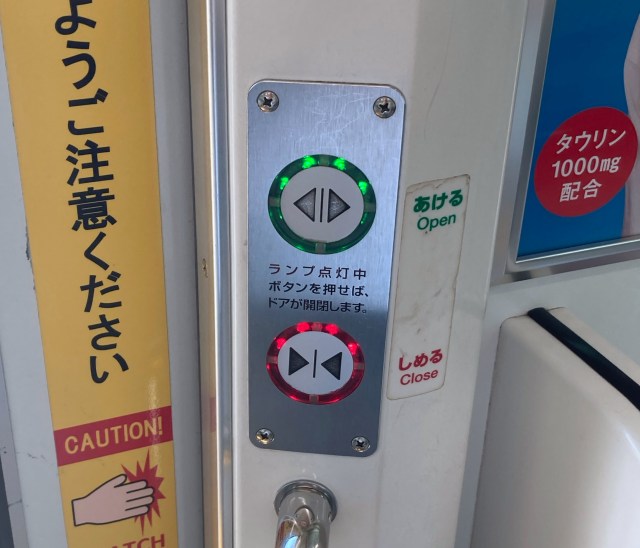
It was a pleasant ride, and he watched with mild amusement as a guy decked out in visual kei-style who also boarded at Nakano Station promptly fell asleep across from him, not waking even when the train pulled into Ome Station.
Stepping onto the platform, Mr. Sato marveled at the clear, blue sky and the fresh air, though the sunlight was a bit harsh.

As he headed towards the ticket gates, he was greeted by billboards of retro movies associated with the area. Back in the day, Ome used to be home to three movie theaters and a skilled billboard artist, and these aren’t an uncommon sight around the neighborhood.
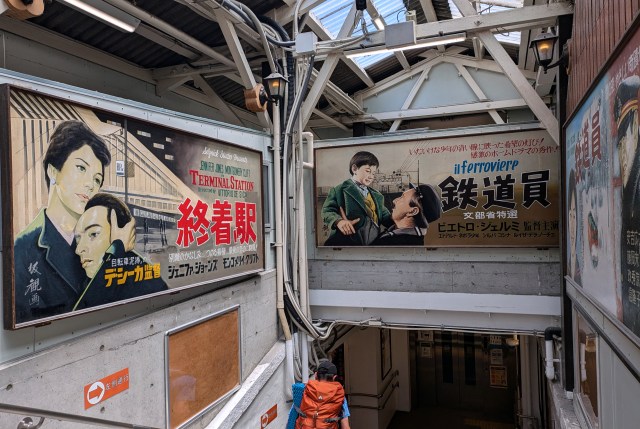
That same sense of movie nostalgia also seemed to emanate from the station building itself. It was a holdout of classic Showa era (1926-1989) charm preserved in the current Reiwa era (2019-present).
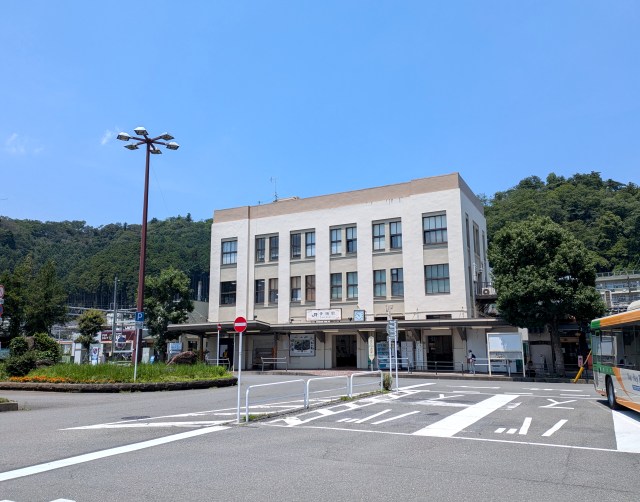
Mr. Sato double checked the name of the station one last time. Yes, there was the radical for “tree” in the second kanji, so he was indeed at Ome Station–on purpose.
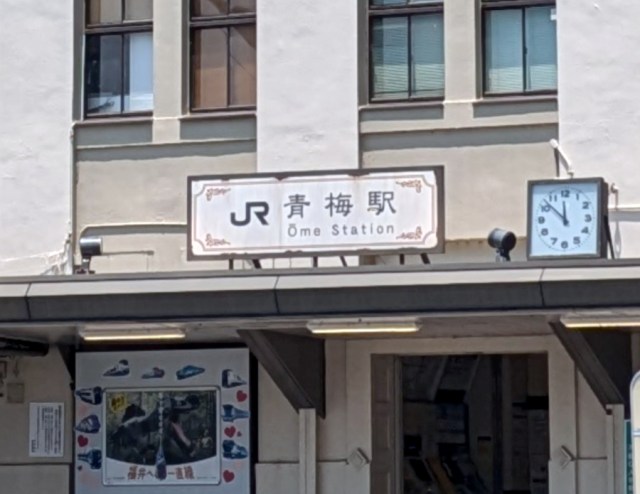
He’d previously read somewhere that the town is said to be encouraging the “Showa retro” feel in the area more and more. That retro atmosphere was definitely palpable as he began to wander around the streets.
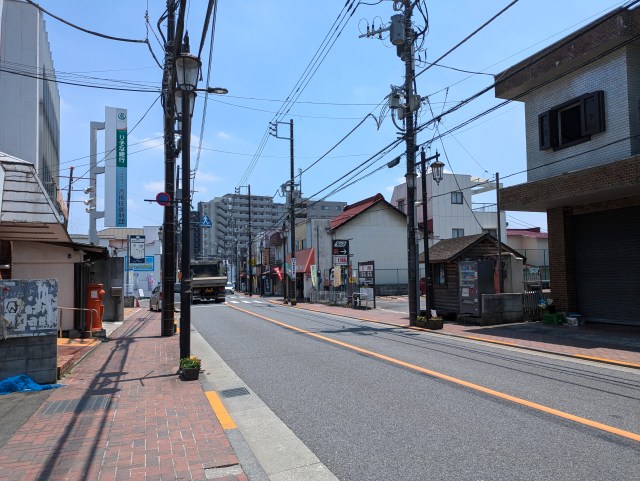
As one example, he was delighted to find this old-school, bright-red mailbox. It had been a long time since he saw one of these in the wild.
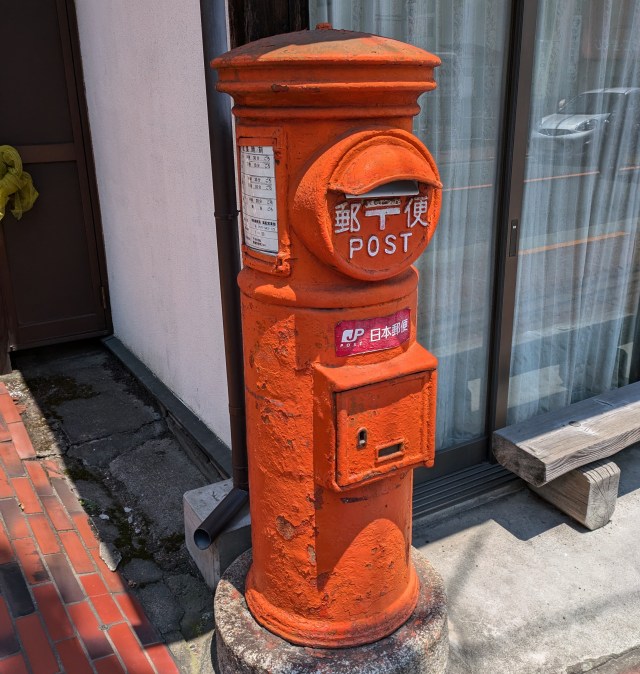
Humorously, a quaint bus stop he passed had a billboard for the American film Bus Stop (1956) starring Marilyn Monroe displayed prominently above it. How fitting–it blended in perfectly with the surroundings.
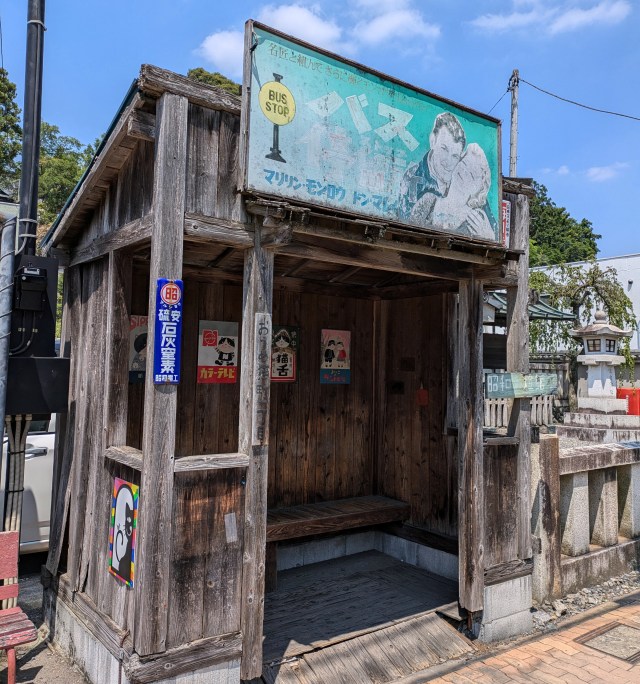
Across from the bus stop was a striking building that appeared to be half-cafe and half-something called the Showa Retro Goods Museum.
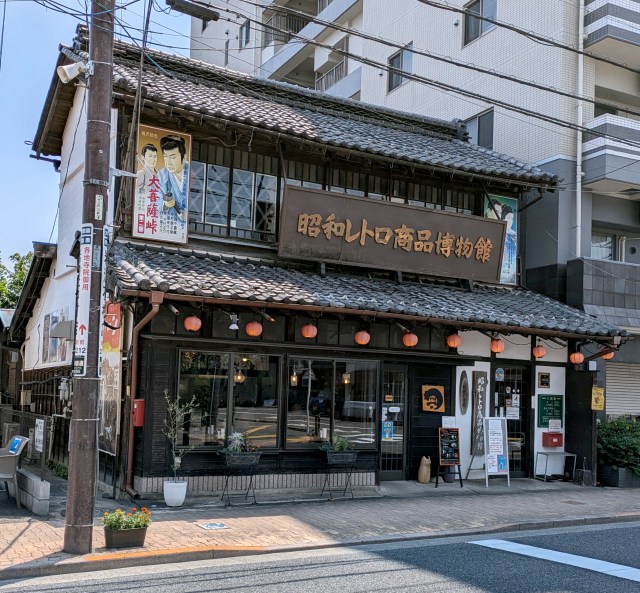
The admissions fee was 350 yen (US$2.22) per adult and 200 yen per child. That seemed like a small price to pay for a decent dose of nostalgia, so he got out his wallet–but then noticed a sign on the door that said it was closed at the moment but staff would return momentarily.
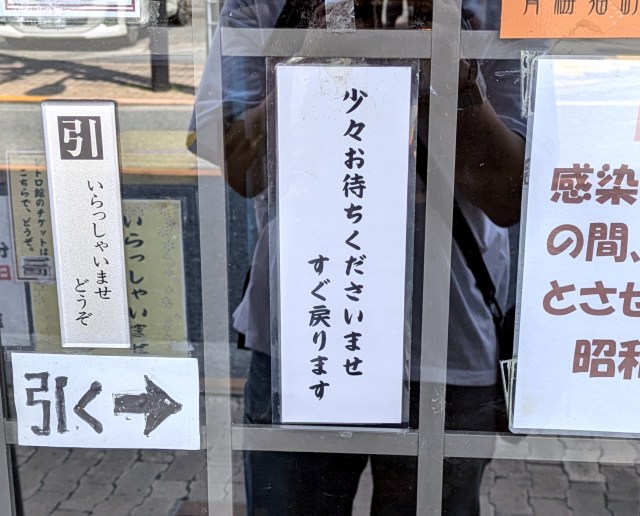
The clock kept ticking and the wait became longer than he expected, so Mr. Sato decided to keep moving and possibly return later as there were two places in the area that he absolutely wanted to visit no matter what.
The first of these would be a different kind of walk down memory lane: the Micro Computer Museum.
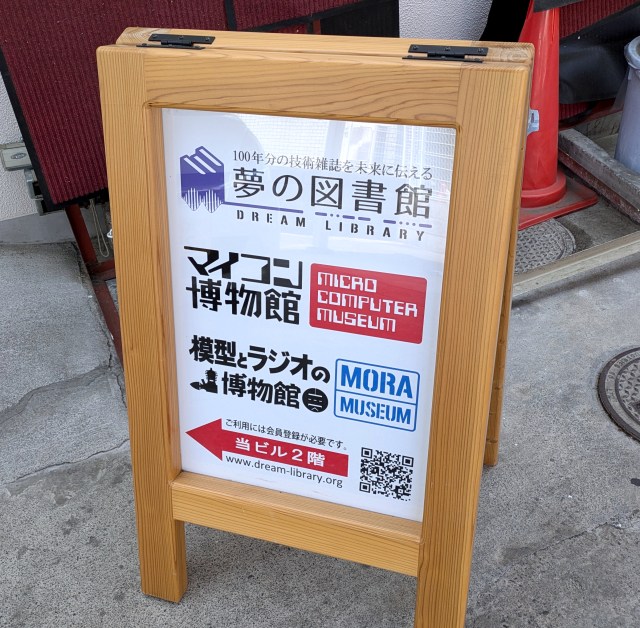
He had been told that this place requires advance reservations and would be closed on days when no one booked entrance (plus on regular day-off Wednesday). Even so, he hadn’t made a reservation but thought he’d try his luck to see if it was open. He pushed the intercom and was thankfully buzzed inside. The entrance fee here was 1,000 yen, which would cover the full day while the building was open if he needed to step out and come back.
The goods housed inside were actually quite impressive, both in terms of number and quality. He doesn’t want to spoil the surprise for anyone who visits in person, but he’ll share a photo of one microcomputer that particularly delighted him: NEC’s PC-9801M model. The father of one of his friends in junior high school had owned one of these and they had played early video games on it together (at the time, he thought that games were all that computers were for!).
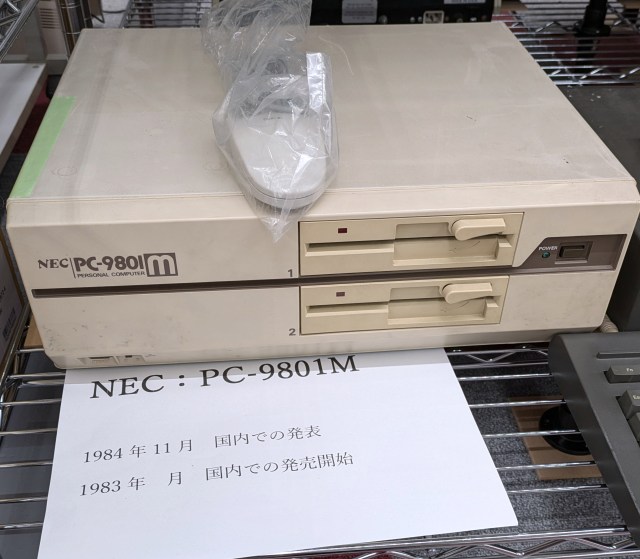
The museum “artifacts” are displayed chronologically so that the viewer can view the evolution of microcomputers over the decades. This shift was no more apparent than when he got to the shelf with Apple’s iMac G3. All of the devices up until then had felt like they could fall comfortably under a retrofuture heading, but this one suddenly seemed way more recognizable to the desktop computers we know today. Its integrated display, sleeker design, translucent casing, and cute designs (on one model) felt like a huge leap forward–though it also felt surreal to be staring at an iMac in a museum in 2024.
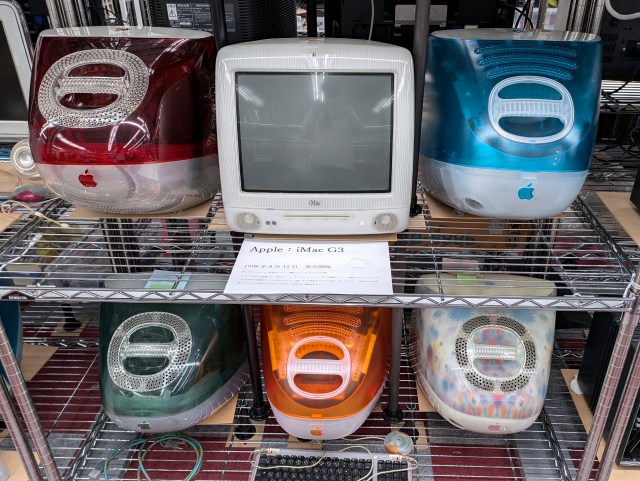
Besides the early computers, the museum also housed a sizable collection of video game parts, including Epoch’s Casette Vision home console along with the arcade game Yosaku. Seriously, it had been 40 years since Mr. Sato had set eyes on that!
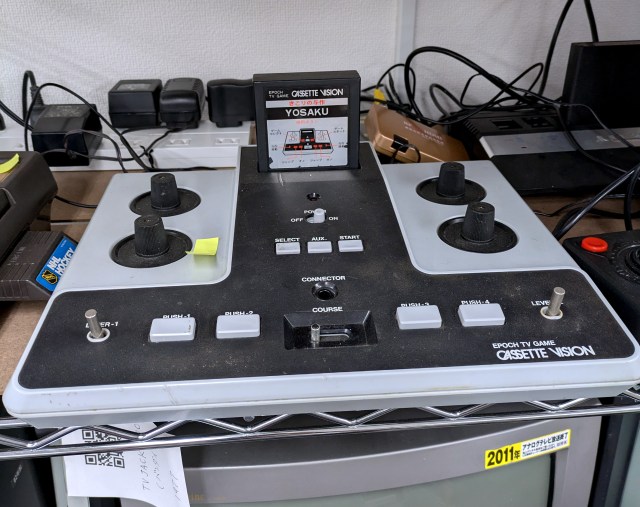
There was even an old-school portable version of Puck Man (known as Pac-Man to English-speaking audiences so that its name wouldn’t become an obscenity by accident or on purpose). Mr. Sato’s parents had bought him this version either for his birthday or Christmas, and it’s entirely possible to say that his passion for video games began right here with this game. He wanted to cry tears of happiness at seeing it again.
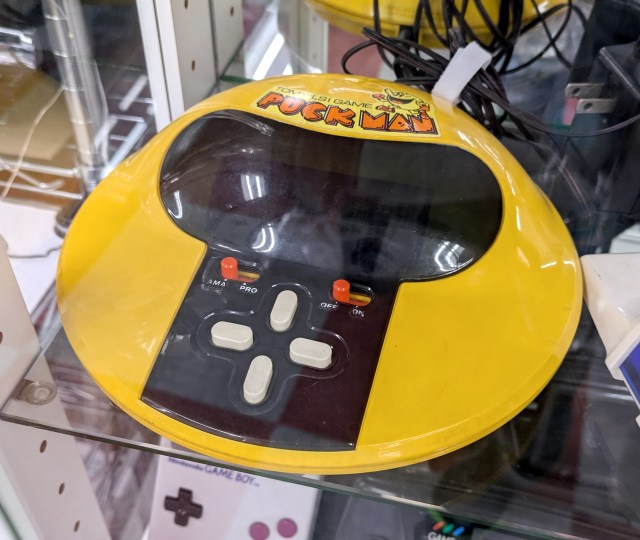
While Mr. Sato wanted to take his time carefully reading everything in the museum, he realized he should probably get moving since he still had to go to Aomi later, after all. He vowed to make a reservation and return again to spend an even longer time awash in the computing memories of his youth.
Those memories had made him hungry, however, and the restaurant directly across the street called Ome Shokudo grabbed his attention when he stepped outside. It advertised ramen, curry, and oyakodon (chicken-egg rice bowl) as well as Nepalese/Indian food. That was an intriguing gastronomic assortment of things, so he stepped inside.
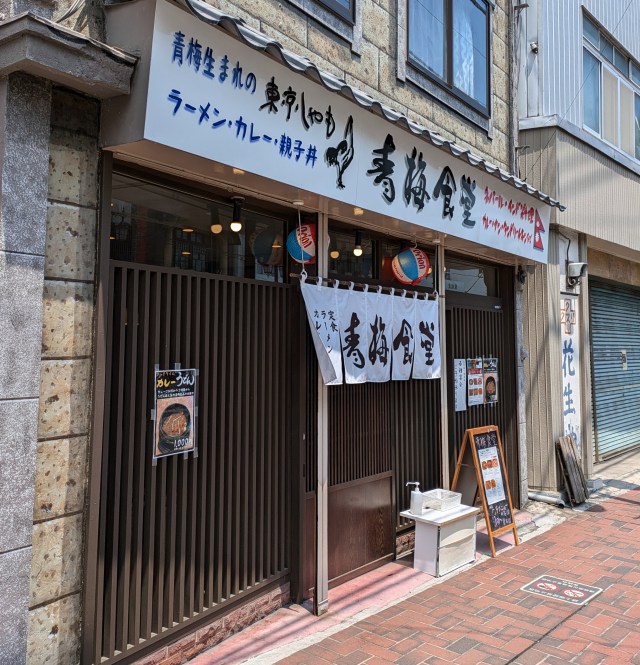
A glance at the lunch menu told him that it was primarily a curry restaurant but with options for naan bread, rice, or udon on the side.
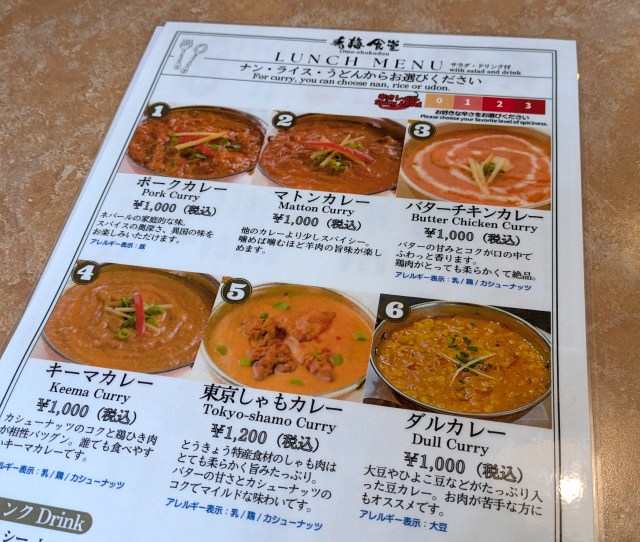
Mr. Sato decided to spring for No. 5, the Tokyo-shamo curry (1,200 yen), which was prepared using gamecock raised in Akiruno, Tokyo, along with copious amounts of butter and cashew nuts. He ordered his with naan.

The curry was rich and held a heavenly fragrance.

He was also delighted to converse with the owner, a kindly man who bowed deeply and reminded him to take care in the heat as he made his way out.
And so, Mr. Sato proceeded onward to the second place in Ome that he didn’t want to miss–a cafe with a distinctively large cat face decoration called The Door into Summer.
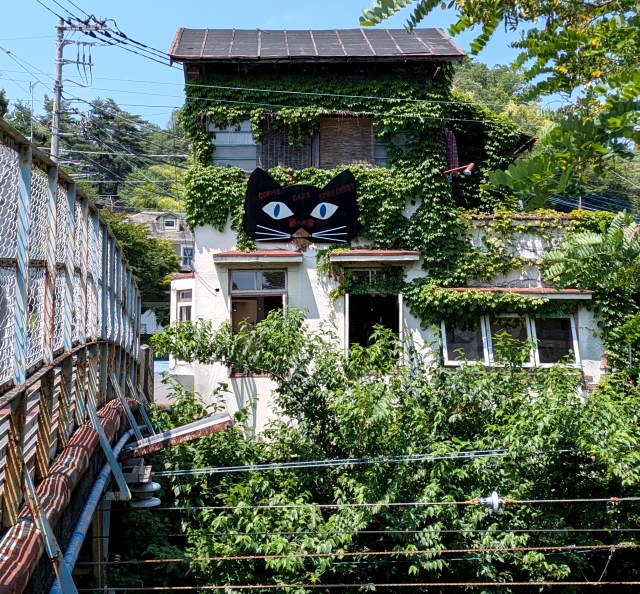
It was named after American writer Robert A. Heinlein’s 1956 sci-fi novel of the same name, which is one of Mr. Sato’s favorites. That’s why this place was on his list.
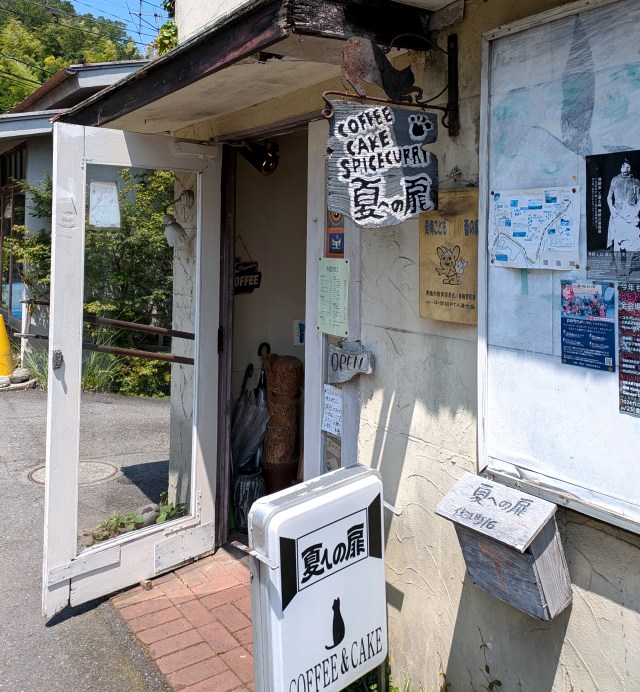
Though he had never been here before, the atmosphere felt comfortingly familiar. His window looked out over the Ome Line and he sat transfixed while a female singer’s gentle voice wafted from the speakers. Wiping some sweat using the towel around his neck, he focused fully on this one moment in time as he sipped an iced coffee and felt the cold liquid move from his throat to stomach.
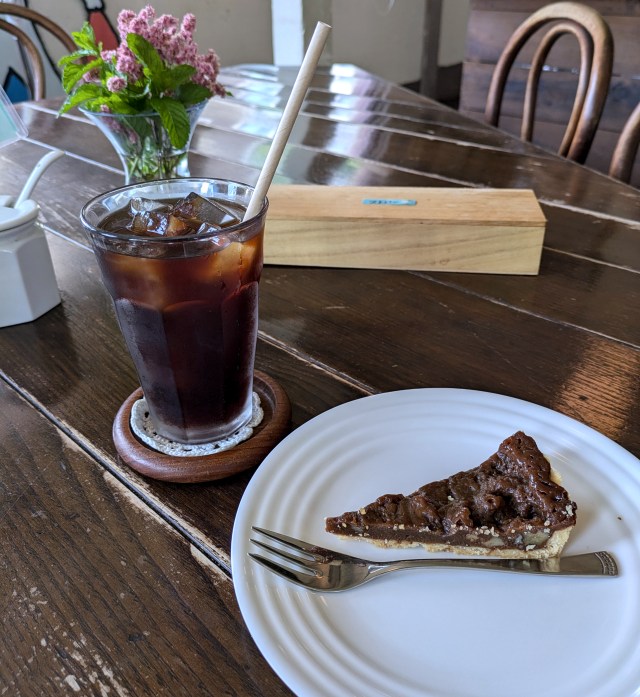
It was really quite curious. Had he actually been here before…? No, he told himself, or else he wouldn’t have jumped at the chance to come so quickly. Even so, he felt the most peculiar prickling sensation on his skin as if déjà vu was manifesting in physical form. The sweetness of the walnut tart only served to heighten the sensation, but maybe that was because it was to his ideal taste.

In any case, Mr. Sato sat there in pleasant contemplation, picturing what the view must look like around sunset as the crimson sun washed over the train tracks just below. He would definitely come here a lot in the cool of the evening if he lived nearby. He eventually got up to leave, saying, “I’ll come back again” to the staff as he headed out the door.
With that, he determined it was time to move on to Aomi Station since the commute would take a little while. It might feel strange moving from this “Showa retro” area to the coastal commercial area of Odaiba …but he was ready for a change of scenery.
Ome Station → Aomi Station
To get to Aomi, he hopped back on the Ome Line towards Tachikawa, where the tracks once again connected with the Chuo Line. From there, he cut straight across the heart of Tokyo to Kanda Station, where he transferred to the Yamanote Line. He rode that until Shimbashi Station, where he then boarded the Yurikamome Line.
Aomi Station was nine stops away, nestled between Telecom Center Station and Tokyo Big Sight Station. He took a moment to celebrate as he stepped outside.
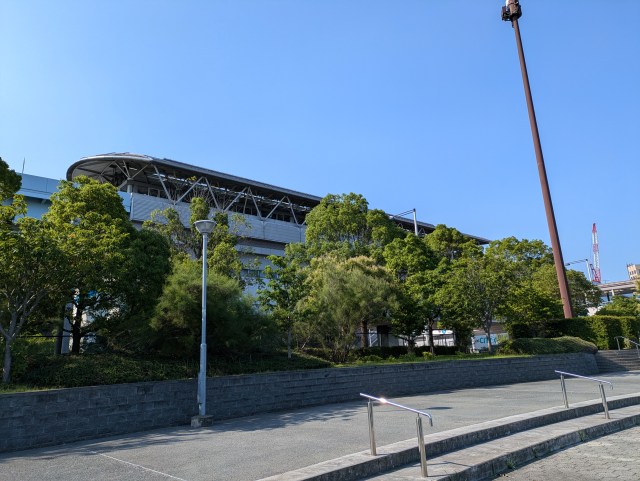
He was tired from the traveling but also proud that he had accomplished–on purpose–what many people do by mistake.
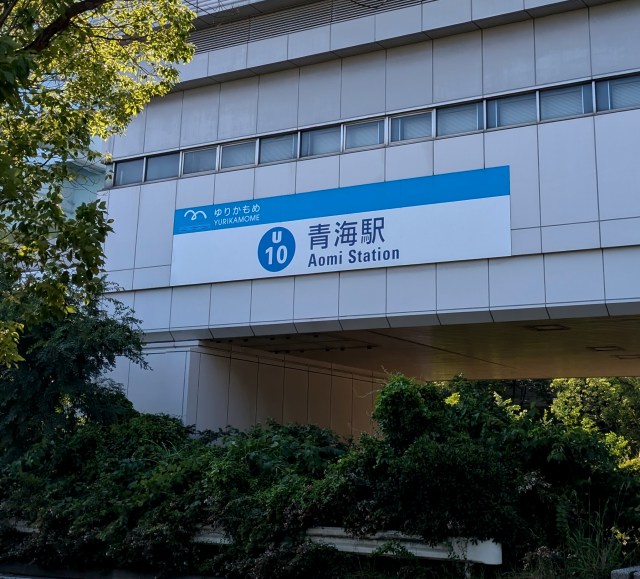
He mused that while Ome had mountains, Aomi had the sea. Some of the ships he could see were pretty darn big, too.
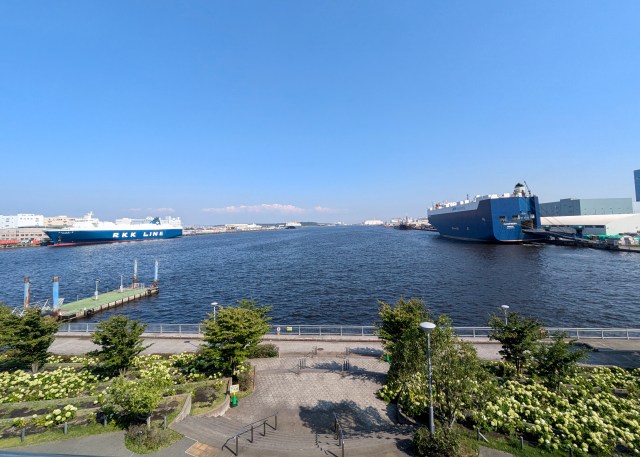
He looked out with interest over the harbor. One ship was named “Pathfinder,” and while it’s hard to see in the photo, there appeared to be a truck, or perhaps a trailer, peeking out from the stern. It was strange to see such an ordinarily big vehicle dwarfed by an even more massive one.

He continued to enjoy the view by meandering around Mizuno Hiroba (“Water Square”) Park. There were some lovely hydrangeas that were unfortunately already past their peak.

It’s too bad that there wasn’t more rain for them, and this day was just too darn hot in any case.
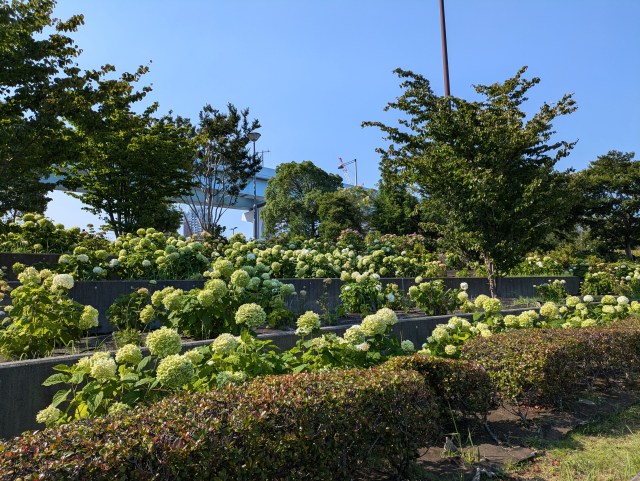
There seemed to be a lot of bustling hubs of activity in this area. Mr. Sato thought it must be where the Mega Web Toyota City Showcase, a car theme park, used to be before the Palette Town entertainment complex shut down. He noted that the Zepp Tokyo music halls were also right next door.
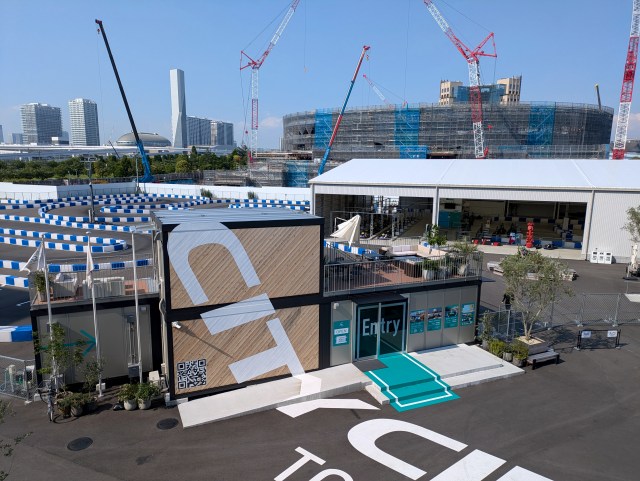
As a car guy, he couldn’t help but feel excited gazing down over the City Circuit Tokyo Bay car racing track. He could try driving an EV go-kart here.
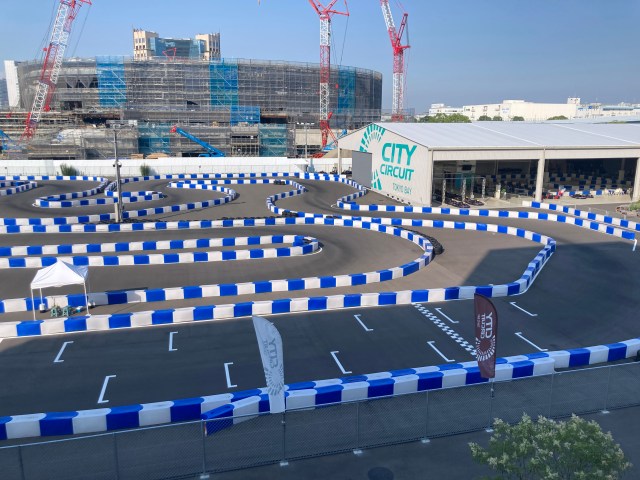
The facility is divided into an indoor track and an outdoor track. Kids between 100-150 centimeters (39.4-59.1 inches) in height are able to ride on the inside one, while everyone has to be at least 150 centimeters or taller to ride outdoors. Each run is 7 minutes in length.
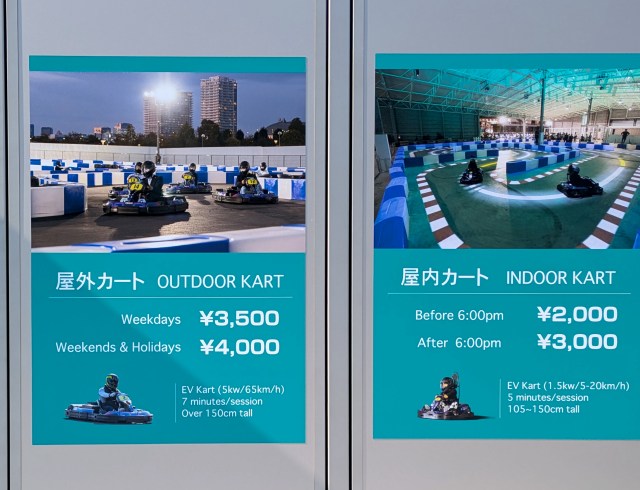
Reading more about the experience, Mr. Sato learned that riders must also purchase a special face mask for 600 yen to go with the full-face helmet (which can be worn with glasses, thankfully). There are also free lockers to store possessions.
He had hoped to share a video of himself zooming around the track, but he wasn’t with anyone to take pictures for him. Here’s his average lap time, though, at 53 seconds per lap. It had taken some time to get used to the course, but he managed to shave a good 10 seconds off his lap time by the final lap.
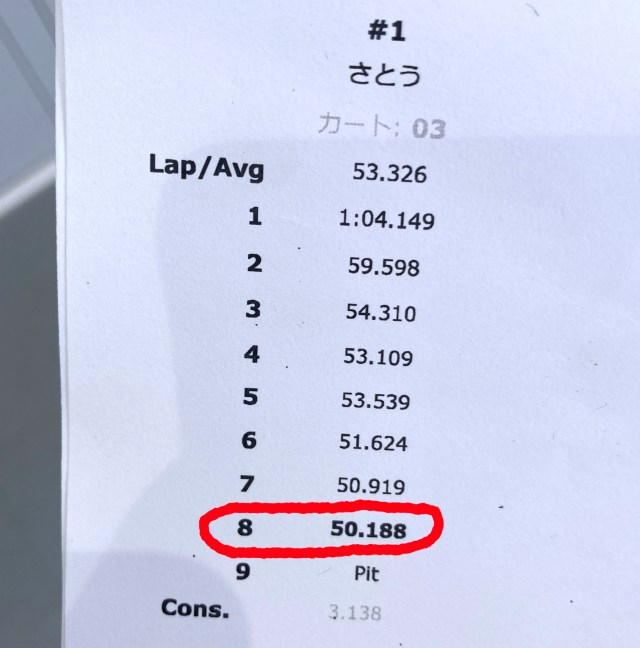
He felt pretty good about his ability until seeing that the top 50 drivers in March were in the 32-second range, so he hadn’t even cracked the top 150 drivers. His ego came crashing down. Racing here sounded like a great competitive activity for the rest of the SoraNews24 team someday…
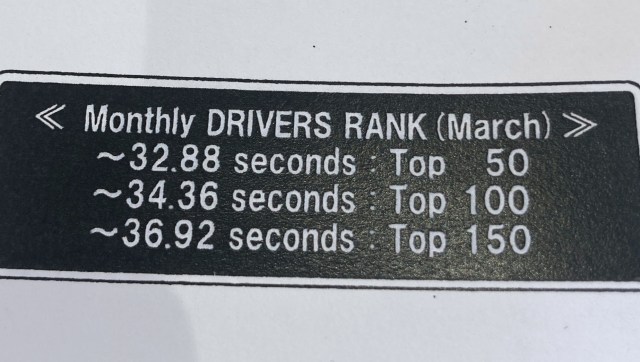
With that, he made his way back outside and began walking towards the famous Fuji TV building. He decided not to go there, however, and headed to the DiverCity Tokyo Plaza shopping center to see an old friend instead.
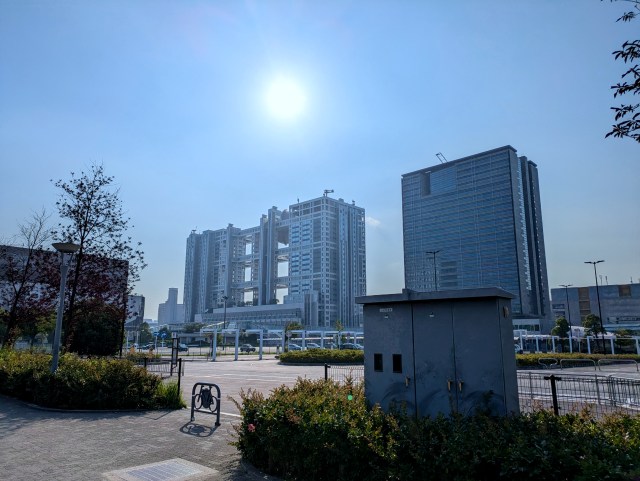
That friend was none other than the life-sized Unicorn Gundam that’s stationed outside of the complex.
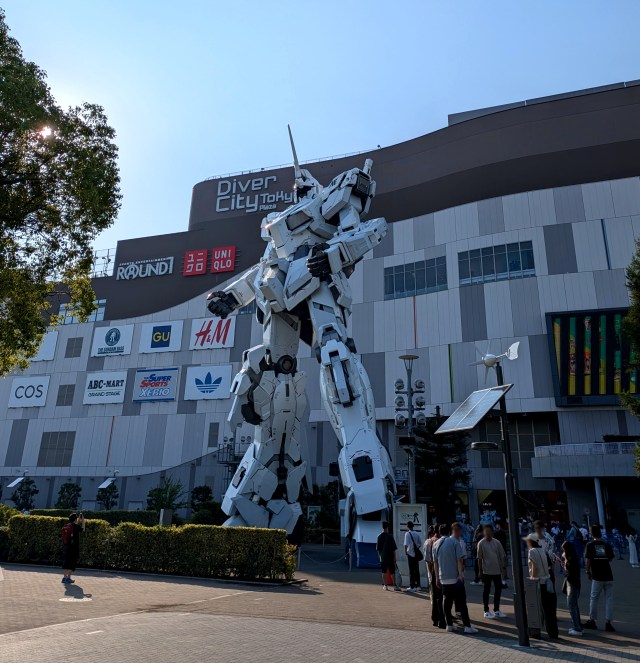
He thought it funny that looking at something so big seemed to somehow give him strength. Maybe it was just his imagination, but in any case, he had previously been walking in a daze from the heat and now suddenly had energy again. Thank you, Unicorn Gundam–you’re really darn cool.
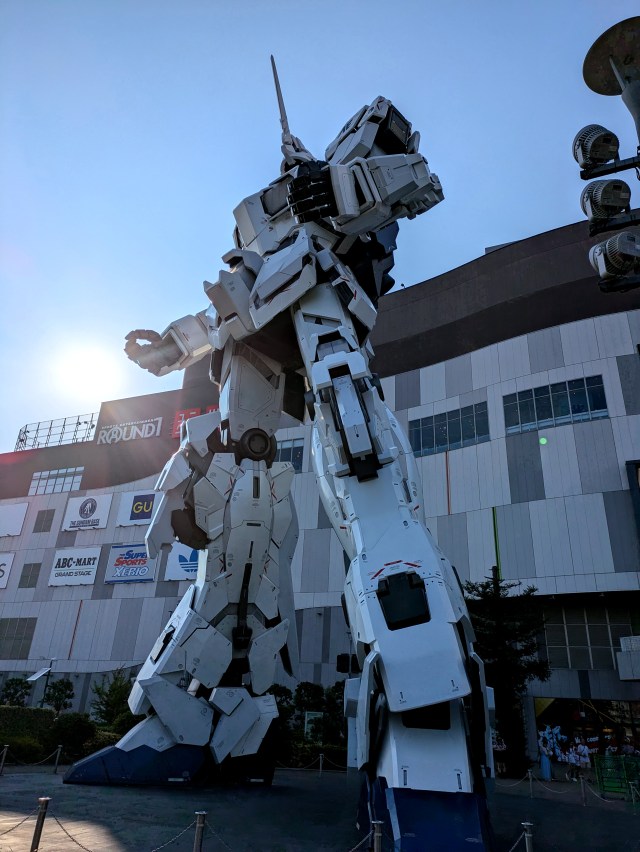
He wanted to rest inside for a bit, but the food court area was absolutely packed with people. That chaos was anything but relaxing, so he decided to push onward. It’s crazy how crowded it was, even without it being a weekend, so he had a bad feeling about what it will be like once all of the local schools let out for summer vacation.

That’s how he found himself at Deck’s Tokyo Beach shopping center purchasing an iced Banana Kona Mocha at Island Vintage Coffee instead. It definitely hit the sweet spot in the blazing sun.
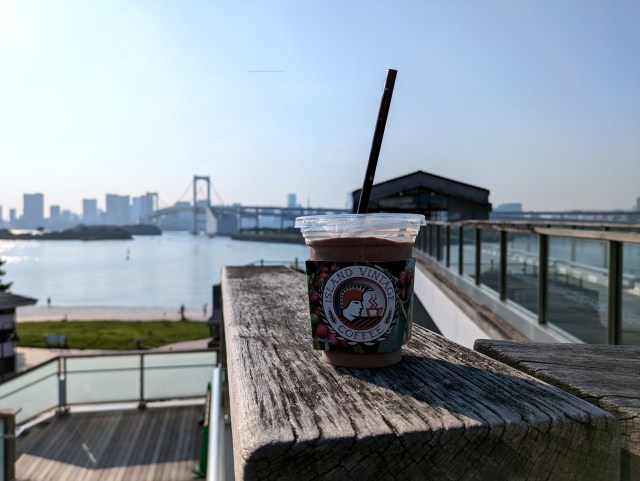
He lingered into the evening, looking out over the Rainbow Bridge as the sun set and the city lights began to glimmer.
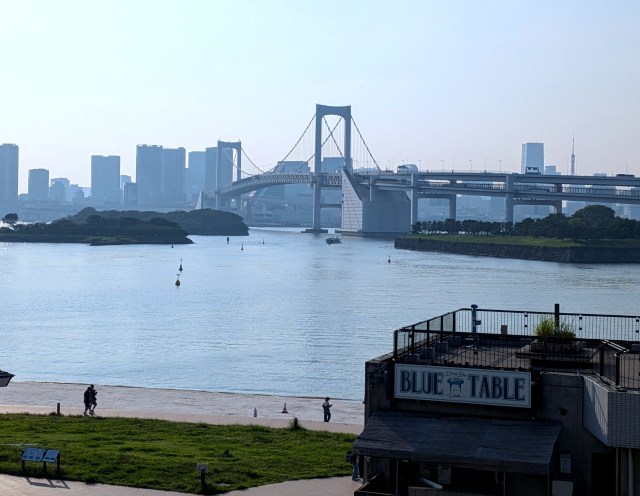
Mr. Sato certainly hopes that you’ve enjoyed his neighborhood wanderings across Tokyo. He also hopes that if you ever mistake Ome Station for Aomi Station, or vice versa, you’ll be able to simply roll with it and enjoy the locale anyway. Each one has a lot to offer in its own unique way, with plenty left to be discovered as well.
All images © SoraNews24
● Want to hear about SoraNews24’s latest articles as soon as they’re published? Follow us on Facebook and Twitter!
Credit:

0 comments: